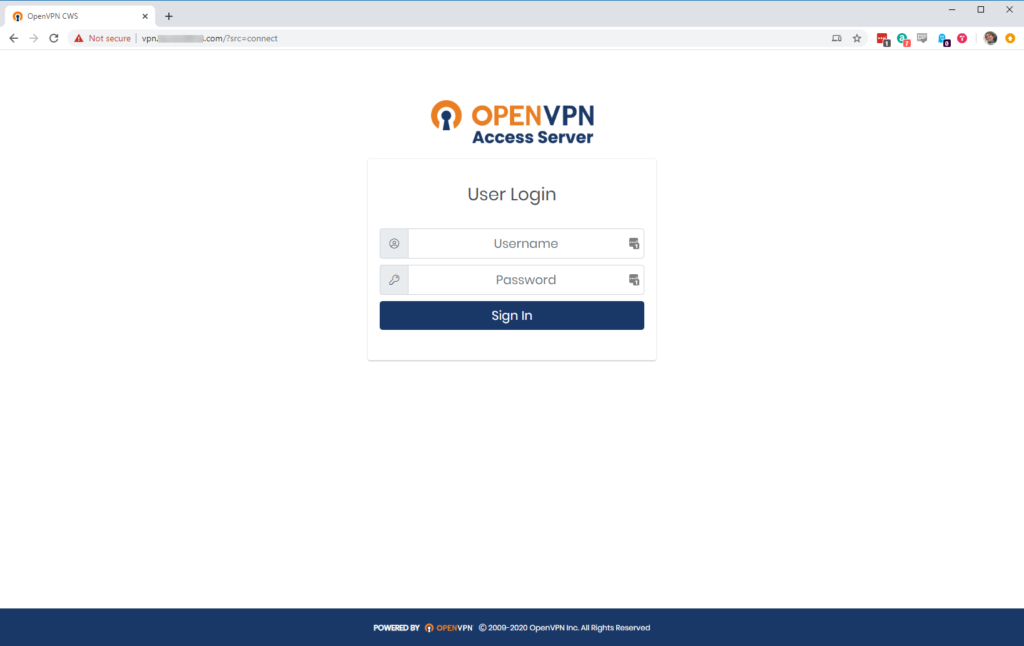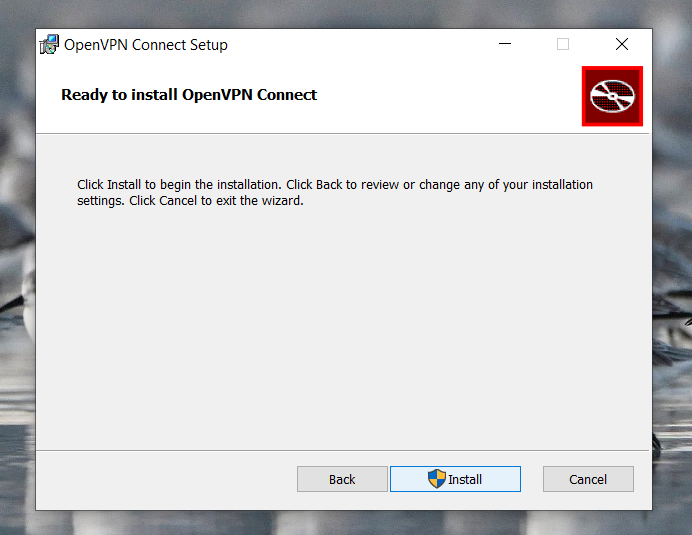

Right-click the graphic to connect, disconnect, or view the status.įor the first connection, edit the "remote" line of your client config file to use the inside IP address of your OpenVPN server. It produces a graphic in the Windows System Tray on the right side of the taskbar, usually in the lower-right corner of your Windows desktop. On Windows, start the OpenVPN graphical user interface (GUI). It asks for a passphrase make sure you remember it: On your OpenVPN server, generate a certificate request. It's time to set that up.įirst, create a client certificate and a private key for your client computer. Remember that the method of authentication for OpenVPN requires both the server and the client to have something (certificates) and to know something (a password). This is the reason you did all the work in the previous three articles! Create client certificates
OPENVPN CLIENTS HOW TO
This fourth and final article demonstrates how to use your OpenVPN server from client computers.
OPENVPN CLIENTS INSTALL
The first article in this series set up a server for your VPN, the second article demonstrated how to install and configure the OpenVPN server software, while the third article explained how to configure your firewall and start the OpenVPN server software.

Free online course: RHEL technical overview.Running Kubernetes on your Raspberry Pi.A practical guide to home automation using open source tools.6 open source tools for staying organized.An introduction to programming with Bash.A guide to building a video game with Python.


 0 kommentar(er)
0 kommentar(er)
